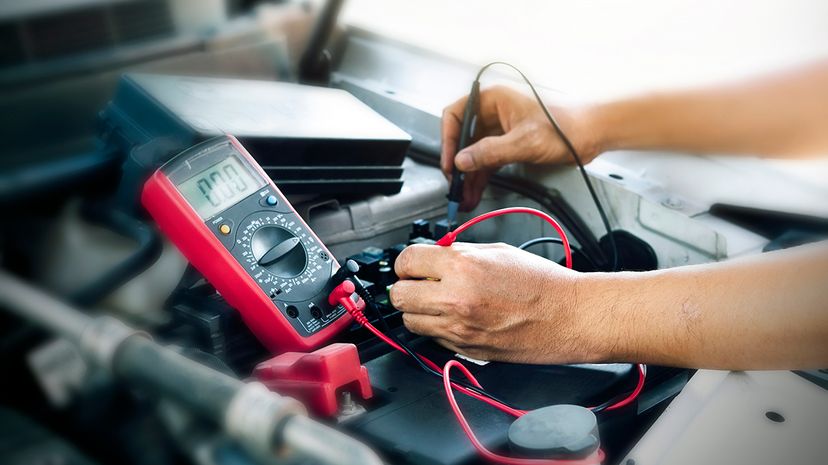
While not technically an alternator problem, a car that won’t start is a definitive sign that there’s a problem in the starting system. When the key is turned, you’ll hear a telltale clicking of relays ticking over but nothing else happens.
After a time, even that noise stops. The immediate problem is usually a dead battery, but you need to ask, “Why is it dead?”
When an alternator begins to fail — or fails outright — the car’s battery begins to take up the slack, rather than acting as a capacitor for the system by receiving a constant infusion of electrical power from the alternator.
However, even the best car battery will run down eventually, leaving you stranded in the driveway — or worse, on the side of the road.
Car batteries in gasoline cars are not designed for long-term power use. They’re designed to provide your vehicle with enough electrical oomph to start by juicing the starter motor with a surge of power and getting the whole works spinning. (EVs and hybrids are another story.)
In other words, a bad alternator can get your attention by killing your car’s battery, even if the battery wasn’t the problem to begin with.
Dead Battery vs. Dead Alternator
Diagnosing a dead battery versus a dead alternator is relatively easy. Simply jump-start your car and then remove the jumper cables as quickly as possible. Then wait.
If the alternator is failing to charge the system, the car will soon die again and you’ve pinpointed the problem. However, if the car runs and continues to run, then the likely problem is with the battery.
Use caution, however, as a dying battery can only receive a charge for so long and may go completely dead at a later point despite the best efforts of the alternator. You can test the battery with a voltmeter, and most auto stores have the facilities to check a suspect battery, usually free of charge (even if you’re not springing for a new battery right then and there).













